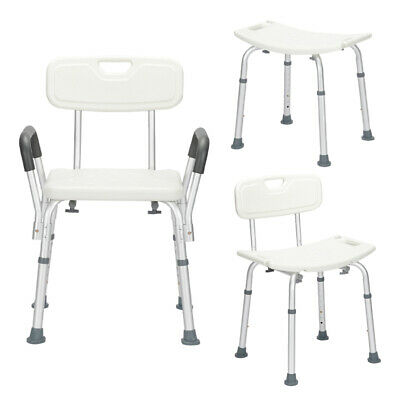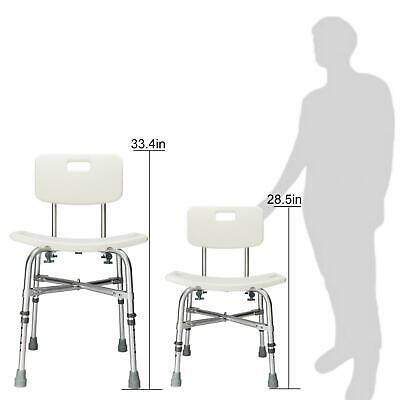-40%
Skil-Care Shower Chair Safety Belt Wheelchair Seat Buckle Mildew Resistant NEW
$ 8.44
- Description
- Size Guide
Description
Makes showering or bathing your patients safer and easier. Adds security to toilet safety frames. Designed to be used with all shower/bath seats and toilet safety frames, this two-inch wide nylon belt features a durable Delrin buckle that’s quality engineered for thousands of problem-free openings. Manufactured without metal or natural fiber components, the Shower/Toilet Safety Belt is rust-proof and mildew-resistant.Features
*Attaches to all shower/bath seats and
commode safety frames.
*Makes showering/bathing resident
safer and easier
*Adds security to commodes
& toilet seat frames
*No metal or components that rust
*May also be used as a wheelchair safety belt
*Mildew resistant
*60" Length
*Belt Only
APPLICATION
1. The Shower/ Toilet Safety Belt secures to the vertical metal
backrest supports of the shower/bath seat (See illustration “A”)
or the metal frame of the toilet safety device (See
illustration”B”).
2. Place the back (looped end) of one belt section around the
metal bar on the left side of shower seat or safely frame and
thread the buckle component through the loop (See illustration
“C”). Pull the webbing through the loop taking up all slack.
Repeat this on the right side using the other belt section.
3. Assist patient onto the shower or toilet seat. Bring
belt sections in front of patient and insert male end into
female end. The buckle is secure only when you hear
a click.
4. To adjust belt, pull loose end until belt fits snugly
around patient’s waist. Do not overtighten. Belt is
released by simultaneously pressing the two tabs on
the top and bottom of the buckle.
CAUTION!
Do not leave your patient unattended in the shower or
while he/she is using the commode or toilet. This belt
has a buckle that is easily opened by patients and
should not be considered as a restraining device nor










